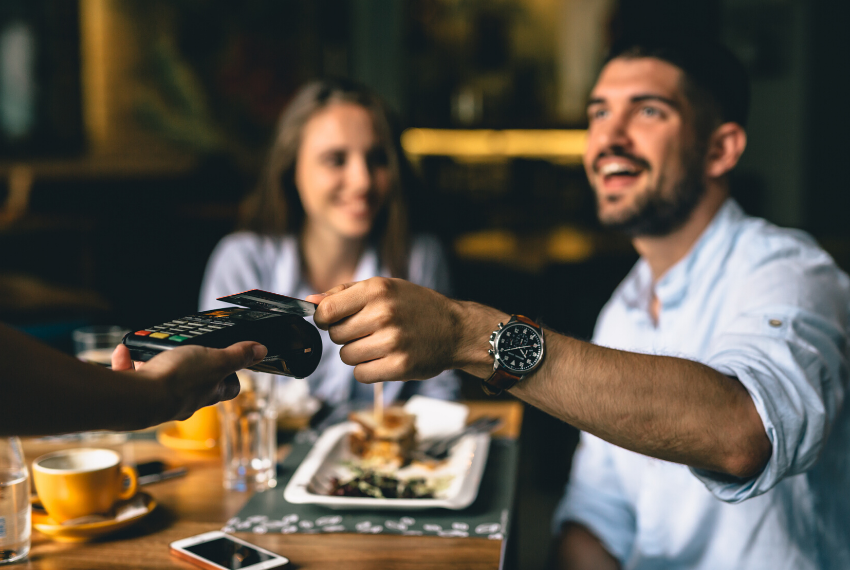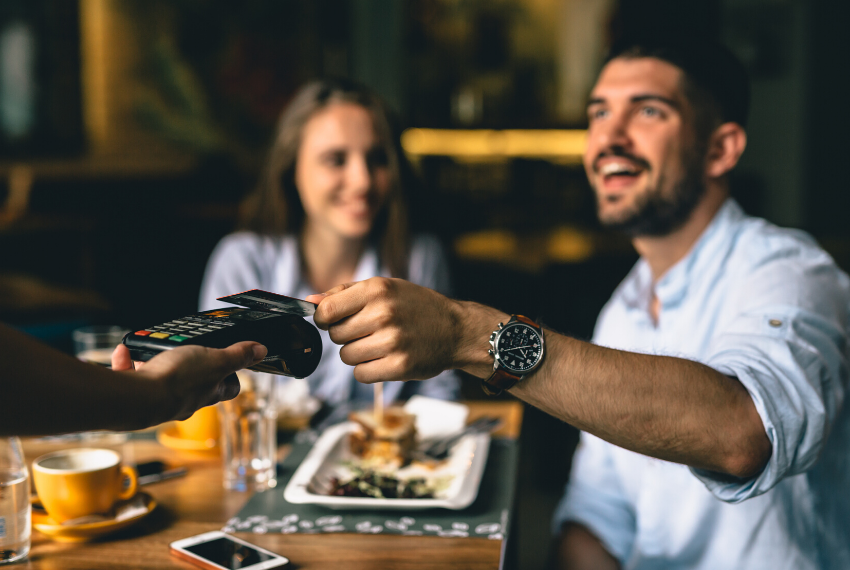Call Sales: +1 (833) 437-3835
Call Sales: +1 (833) 437-3835
Robert Meador | November 10, 2022 |

Loyalty goes a long way in the restaurant industry. Restaurant owners understand this and are always looking for ways to increase consumer engagement. The difficulty is in understanding what can bridge the gap between a happy customer and a loyal customer.
One proven effective way to emotionally engage customers is to implement a member-only perks program. Even if your business is not a members only brand, there are countless benefits to using a customer engagement program.
Why is encouraging loyalty so important to a business? Put simply, loyalty = profit. This may seem like a simple, perhaps trite, explanation, but the importance of customer loyalty cannot be understated.
According to a famous study conducted by Bain and Company’s Frederick Reichheld, if a company can increase their customer retention rates by 5%, then they could potentially increase their profits by an incredible 25%-95%. These kinds of substantial numbers are the reason that national chains are putting so much emphasis into customer engagement strategies and customer engagement marketing. Repeat customers are a stable, lucrative source of income.
Member-only programs can help increase engagement. There are many different types of member-only programs (which we will provide examples of), but generally they are defined as any kind of programs that offers incentives to the customer as a reward for repeat patronage. 
The basic ideology of member-only perk programs is to generate a feeling of connectedness, of being on a team. When a customer feels like they are part of something, they are much more likely to continue to engage with it. Thus, if a restaurant gives them a way “to be a part of the team” through a member-only program, the overall customer experience improves, and brand engagement increases.
Restaurants can utilize one of several different member-only programs. Some of the options include:
When people think of reward programs, item-based rewards are often what comes to mind. This type of program rewards the customer with a specific item (food, beverage, etc.) when they meet the required number of visits. The traditional punch-card at coffee shops, smoothie restaurants, etc. have existed for a long time, and people are familiar with their ease of use.
However, recent surveys have found that a large portion of customers would prefer a shift towards a digital items-based program, rather than carrying the physical punch-card, which can easily be lost or accidently thrown away. This growing preference presents restaurants with the opportunity to establish digital customer engagement through the use of the restaurant’s web page or app. Also, restaurants can transition from the casual, everyone-gets-one punch-card to a more exclusive member-only program that will appeal to the customers’ emotions and increase loyalty.
A point-based reward system is fairly similar to an item-based reward system, except instead of a designated item reward, the customer can accumulate points and can eventually “spend” the points on a prize of their choice. More companies are turning to point-based perk systems because they can be easily tracked digitally and because they afford the customer a sense of flexibility and variability.
Customers like the gamification of gaining points and they like the freedom to choose their own reward—the points-based rewards system grants them both. Additionally, with the numeric system, a restaurant has a built-in method of measuring customer engagement that can yield great data.
Depending on the type of restaurant, a subscription-based perk system can be a great consistent revenue source. Because it is a subscription, it is a tougher upfront sale then something free like items-based and points-based systems. To be interested in a subscription-based reward program, they need to feel that they are getting their full value’s worth.
For example, Costco or Sam’s club have effectively been utilizing a subscription-based system for decades because customers believe the membership cost is worth the savings they receive with buying groceries in bulk. For this to work in the restaurant industry, the customer must feel that their loyalty is being rewarded in-kind with desirable food or beverage rewards.
It is no secret that the restaurant industry is moving increasingly online. A consequent difficulty of this move is to emotionally engage with customers online instead of in-person. No matter how effectively a webpage is designed, some of the human-to-human connection present in in-person interactions will be lost, which makes online rewards programs even more important in garnering loyalty. 
For restaurants that are trying to grow consumer engagement on their websites, offering an online reward system can help incentivize customers to visit their site again. The reward shows the customer that their patronage is appreciated and is not taken for granted. The simple feature of gaining rewards by ordering online can be the difference in a customer feeling valued or feeling faceless.
These are the most common member-only perks customer engagement examples. Each can have a dramatic impact on your restaurant. But there are still some important things to keep in mind if you want to implement one into your business:
We cannot emphasize this enough! A sure way to kill a member-only program and to alienate your customers is to have an overly complicated rewards system. If you have a program that does not make clear sense to your customer, they may begin to wonder if they are being taken advantage of and will view it as a red flag.
No customer is going to feel a sense of connection and engagement if they are not sure of how the program works. Conversely, if your program is simple and easy-to-understand, the customer is free to only enjoy the perks with peace of mind. When you are in the planning stages of your program, aim for clarity and seek out feedback to make sure you are working in a customer-centric direction.
Sometimes, restaurants can get too enthused with their member-only perks programs and can begin to offer rewards to the point that they are losing money. Keep in mind that while these member-only programs should emotionally engage with your customers, these programs should also be long-term profitable. Make sure that the rewards you are offering strike the balance between being desirable for the customer and making economic sense for your bottom line.
Consistency is key! A customer is not going to develop brand loyalty if the perks program changes every six months. It is vital that restaurants develop a clear and effective rewards program initially, and then keep to that program.
Any kind of major change or discrepancy can lead to the customer feeling betrayed, which obviously is completely counterproductive to the purpose of the member-only perks program.
Establishing an emotional connection to the customer is vital in the restaurant industry. With these member-only perks programs and these key tips at hand, you’ll be well on your way!